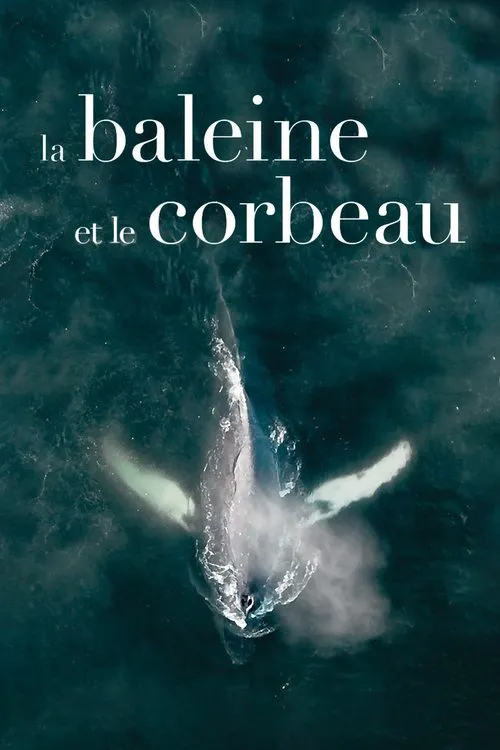The Whale and the Raven

Plot
Deep within the majestic Great Bear Rainforest, where the dense foliage of the wilderness stretches out towards the horizon and the mist-shrouded waters lap at the forest's edge, a delicate balance exists between the inhabitants of this enchanted land. This is the world inhabited by orcas, gray whales, humpback whales, and an array of marine life that calls this place home. However, their serenity is disrupted by the arrival of outsiders who seek to harness the riches of the region for their own purposes. The Whale and the Raven, a powerful and poignant documentary directed by Mirjam Leuze, delves into the intricate complexities that have drawn together whale researchers, the Gitga'at First Nation, and the Government of British Columbia in a heated conflict. This clash of interests revolves around the push to tap the region's vast gas reserves, a move that would bring financial benefits but also poses a significant threat to the very existence of this sensitive ecosystem. At the heart of the story is the Gitga'at First Nation, a community that has for generations called the Great Bear Rainforest their home. Their deep connection to the land is reflected in their name, "Gitga'at," which roughly translates to saltwater people. For the Gitga'at, the ocean is not just a source of sustenance but also an integral part of their cultural identity. They have long relied on the marine life of the area for their livelihood, and any attempt to disrupt this delicate balance poses a grave threat not only to their means of survival but also to their rich cultural heritage. On the other side of the conflict are the whale researchers, a group of dedicated scientists who have dedicated themselves to studying the behavior, habits, and migration patterns of the region's majestic whales. These orcas, gray whales, humpback whales, and others are more than just fascinating creatures to the researchers – they represent a vital part of the ecosystem that, if disrupted, could have far-reaching consequences. Meanwhile, the Government of British Columbia, driven by visions of economic growth and the promise of new revenue streams, sees the gas reserves as an opportunity to fuel the province's development and secure its future. For the government, the issue is straightforward: harnessing the gas reserves would create jobs, stimulate economic growth, and ensure a more prosperous future for the region's residents. Caught in between these competing interests are the countless creatures that call this place home. From the majestic orcas to the playful sea otters, the intricate web of life that threads through the Great Bear Rainforest is under threat from the push to tap the region's gas reserves. For the whales, these gas fields pose not only an environmental risk but also a physical one – as the sounds emanating from the industrial equipment disrupt the delicate communication patterns that these creatures use to navigate their surroundings. Through the poignant storytelling by director Mirjam Leuze, The Whale and the Raven sheds light on the human impact that this complex conflict has on the lives of the people and creatures that call the Great Bear Rainforest home. The documentary humanizes the stories of the Gitga'at people, painting a beautiful portrait of their deep connection to the land and their determination to protect it from those who would seek to displace or harm them. Ultimately, The Whale and the Raven paints a powerful picture of the complex struggle for the soul of the Great Bear Rainforest. As the competing interests weigh in on this sensitive issue, the documentary asks an essential question: what is the true value of the land? Is it the promise of economic growth and revenue, or is it the intricate web of life that underpins the very existence of the region's inhabitants? The Whale and the Raven forces viewers to confront the consequences of human actions on the natural world and the very delicate balance that exists within it.
Reviews
Recommendations



